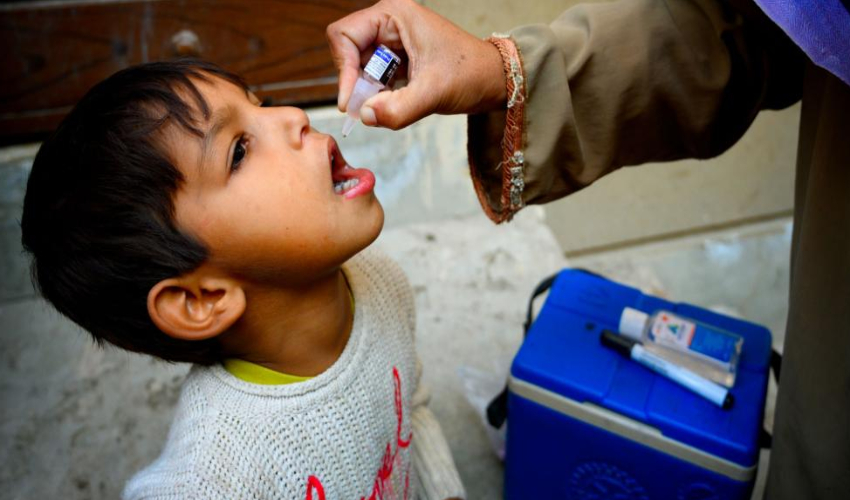Conjunctivitis, commonly known as "pink eye," is an eye condition that affects millions of people worldwide each year. While it may seem like a minor ailment, conjunctivitis can be both uncomfortable and highly contagious.
In this article, we will delve into what conjunctivitis is, how it spreads, and essential precautionary measures to prevent its transmission.
What is Conjunctivitis?
Conjunctivitis is an inflammation of the conjunctiva, the thin, transparent layer of tissue that covers the white part of the eye (sclera) and lines the inner surface of the eyelids. This condition can occur for various reasons, including viral, bacterial, or allergic reactions. Each type of conjunctivitis exhibits distinct characteristics and may require different approaches to treatment and prevention.
How does Conjunctivitis spread?
Viral Conjunctivitis:
Common Colds and Respiratory Viruses: Viral conjunctivitis often accompanies an upper respiratory tract infection, such as the common cold. It can be transmitted through airborne respiratory droplets or by touching contaminated surfaces and then the eyes.
Bacterial Conjunctivitis:
Direct Contact: Bacterial conjunctivitis is usually spread through direct contact with infected eye secretions or contaminated objects, like towels or makeup brushes.
Allergic Conjunctivitis:
Allergen Exposure: Allergic conjunctivitis is not contagious and is triggered by exposure to allergens like pollen, dust mites, or pet dander. It is not spread from person to person.
Preventive Measures
Preventing conjunctivitis, especially the contagious types, involves adopting a few key preventive measures:
Practice good hygiene:
Frequent Handwashing: Wash your hands thoroughly and frequently, especially after touching your face or coming into contact with individuals who have conjunctivitis.
Avoid Eye Rubbing: Refrain from touching or rubbing your eyes, as this can introduce germs and irritants.
Personal items:
Avoid Sharing: Do not share personal items such as towels, washcloths, or eye makeup with others. Replace eye makeup products regularly to minimize the risk of bacterial contamination.
Isolation:
Isolate Infected Individuals: If someone in your household has conjunctivitis, encourage them to avoid close contact with others and practice good hygiene to prevent the spread of the infection.
Allergen avoidance:
Identify Allergens: If you have allergic conjunctivitis, identify and limit exposure to allergens that trigger your symptoms. This may include using air purifiers, keeping windows closed during high pollen seasons, and regularly cleaning your living space.
Seek medical attention:
If you suspect conjunctivitis or experience eye discomfort, consult a healthcare professional for proper diagnosis and treatment. Depending on the cause, treatment may involve prescription eye drops, antihistamines, or antibiotics.
Conjunctivitis, whether viral, bacterial, or allergic, can be a bothersome and contagious condition. Understanding how it spreads and taking proactive measures to prevent its transmission is crucial in reducing its impact.
Remember that early intervention and preventive measures can go a long way in protecting your eye health and that of those around you.



























